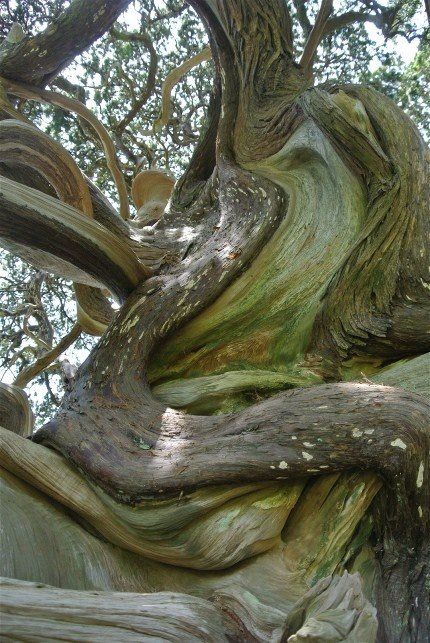Dear Integral Meditators,
What would happen if instead of your mind thinking all the time, you were able to find a ‘neutral gear’ that you could shift it into whenever you wanted or needed? This weeks article explores how to do this, and the value of it.
Quick reminder that my new book ‘Engaged Mindfulness‘ is still on special launch offer until the end of the month. You can find out about the book talks that I will be doing on it in September here.
In the spirit of the journey,
Toby
A car resting stationary and in neutral gear is the most inactive, or still that an engine can be whilst still being switched on.
‘Finding our neutral gear’ in mindfulness or meditation terms means to learn to relax our mind to the greatest degree that is possible whilst still being alert, awake and aware.
If you imagine you are in a car, perhaps waiting at a traffic lights. The engine is gently ticking over in neutral gear, expending as little energy as possible whilst remaining switched on. The engine is resting, but ready to go when the circumstances change. That is the type of state of mind that you are trying to cultivate when ‘finding your neutral gear’; you are alert and aware, but you your mind is as relaxed and inactive as it can be. It is resting deeply at ease, saving energy but ready to get into gear when circumstances change.
Recovering your psychological and physical energy in daily life
Recently I’ve been going thru an exciting and positive period of my life, traveling some, completing my first book project and other things. It’s been good but it has also been exhausting. Examples of when I use the ‘neutral gear’ technique to help me conserve and regenerate my energy include:
- When I’m on a plane and can’t actually sleep (tall person, small seat etc….), but want to rest as deeply as I can
- When driving or doing other mundane activities I consciously do no more than is required for the actual task at hand, and put the rest of my mind in neutral, regenerative mode
- If I am awake at night and too wired to go to sleep immediately
- When I feel emotionally sprangled
Neutral gear as a gateway to the unitive state
One basic way of understanding meditation is moving from a fragmented, diverse and busy state of mind to a unitive, whole and singular state of mind. When the neutral gear technique is done as a formal meditation it offers a very ergonomic, energy efficient route to this fundamental unitive meditative state.
Going from a neutral state to love
Once you have cultivated your fundamental unitive state, you may find (as I do) that sitting in a state of relaxed, neutral focus is only one short step away from a state of love. If you like you can bring to mind other people in your life as you are resting in your neutral gear, and just gently (in your mind’s eye) share this feeling of unity and wholeness with them as a gesture of love. This is a very simple and ergonomic way of building the basic experience of mindful love in yourself and in your relationships.
© Toby Ouvry 2016, you are welcome to use or share this article, but please cite Toby as the source and include reference to his website www.tobyouvry.com
Upcoming Courses at Integral Meditation Asia:
Ongoing on Wednesday’s, 7.30-8.30pm (next class August 10th) – Wednesday Meditation Classes at Basic Essence with Toby
Integral Meditation Asia
Online Courses * 1:1 Coaching * Live Workshops * Corporate Mindfulness Training *Life-Coaching * Meditation Technology









